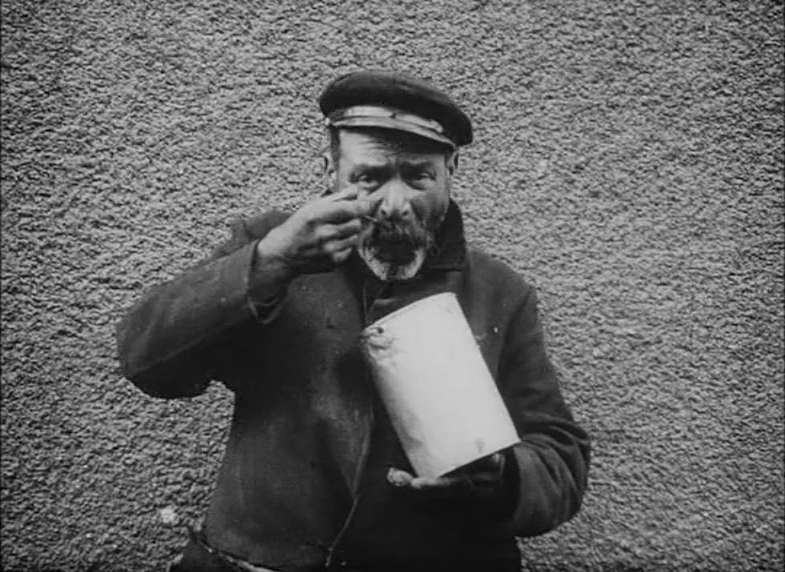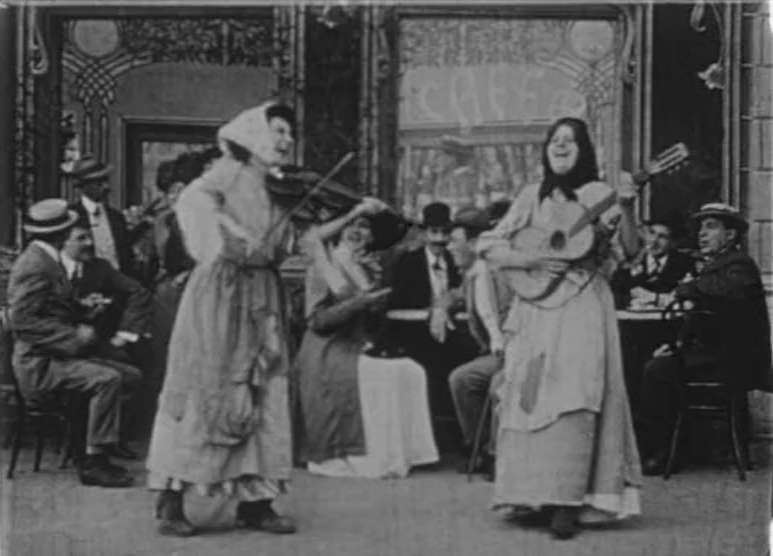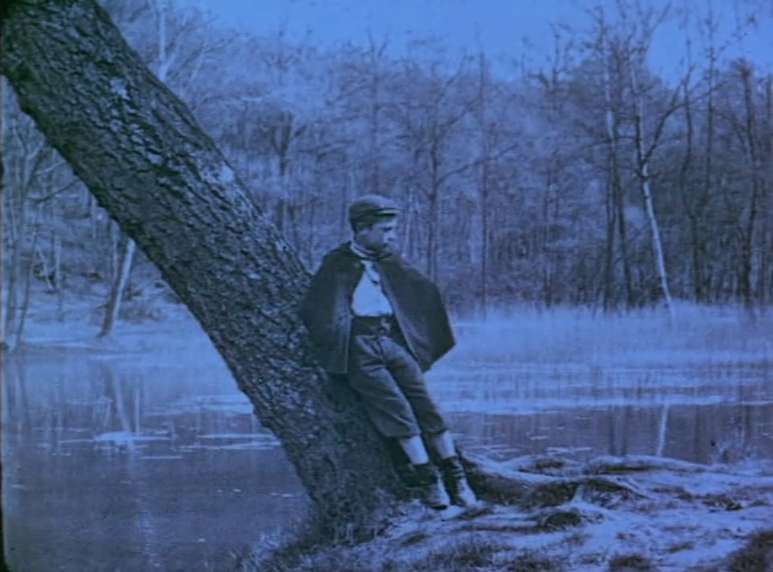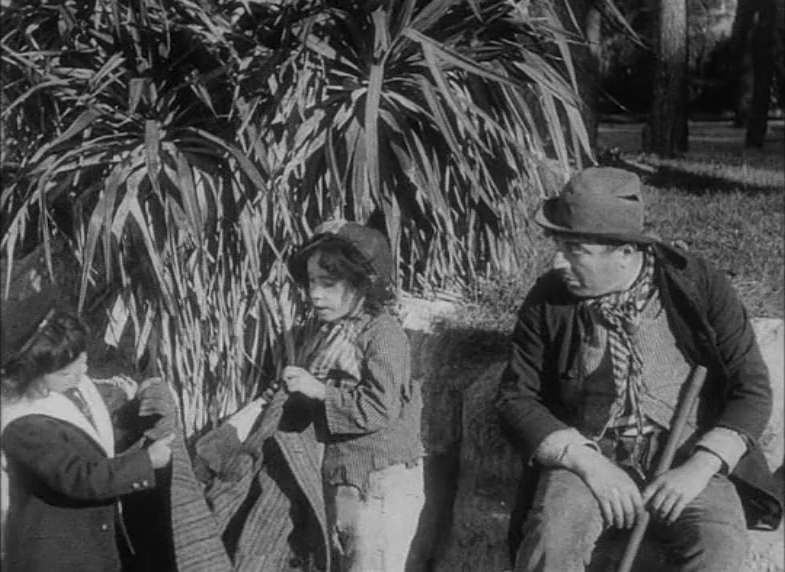![]()
![29f7c043f76a2bde437fd0d52a185152]()
Synopsis
RACETRACK is about the Belmont Race Track, one of the world’s leading race tracks for thoroughbred racing. The film highlights the training, maintaining and racing of thoroughbred horses. Everyday occurrences are shown: in the backstretch — the grooming, feeding, shoeing, and caring for horses and the preparation for races; at the practice track the various aspects of training, exercising, and timing the horses; at the paddock — the pre-race presentation of the horses; and in the grandstand — betting and watching the races. The film also has sequences showing the variety of work done by trainers, jockeys, jockey agents, grooms, hot walkers, stable hands, and veterinarians.
![]()
![]()
![]()
![]()
![]()
“The New York Times” wrote:
by John Corry
”RACETRACK,” two hours, black and white, no narration, is Frederick Wiseman’s vision of horse racing. Mr. Wiseman, perhaps our best-known documentary maker, has made a career of recording the American experience, filming subjects as diverse as the criminally insane and the customers at Nieman-Marcus. The results can be downright boring; they can also be enthralling. ”Racetrack,” on Channel 13 at 9 o’clock tonight, is one of Mr. Wiseman’s better works.
For one thing, it’s hard to beat a racetrack for richness of images. Here we get Belmont Park: barns, grandstand and track, grooms, bettors and owners. And, of course, we get horses: giving birth, under surgery, mating. This last is entirely unromantic; a trainer and stable employees hold a grunting stallion in place.
Mr. Wiseman’s intention, I think, is to suggest that a racetrack is a hermetically sealed world, or perhaps a whole series of worlds, each sharing some time and space with the others.Grooms, jockeys and owners come together and then draw apart, retreating to separate corners. The larger world is the racetrack and racing.
Whatever his intention, however, Mr. Wiseman posts no conventional markers. ”Racetrack” opens at a breeding farm – mares, foals and grassy fields – although which breeding farm and in what state we do not know. Presumably, Mr. Wiseman is after essence, not specifics, and the essence of one breeding farm is the essence of all breeding farms.
Go then down a rural four-lane highway, and finally past urban apartments. We are at Belmont Park. Into a barn then; stablehands are at work. We hear fragments of music from a radio and snatches of racetrack conversation. ”He beat the best horses in France – he might come around again,” a man, presumably a trainer, says about a horse that has not been doing well. ”He might, he might,” his companion replies.
There is nothing linear about Mr. Wiseman’s presentation, except for the rhythm of racing. The film begins with a mare giving birth at the breeding farm; it ends, effectively, with a littered and empty post-race grandstand. Mr. Wiseman, as always, won’t tax us with specifics (journalism does that) but the horse they’re draping with the blanket of flowers toward the end of the film appears to be Summing, who won the Belmont Stakes in 1981. The jockey (”Hey, Georgie,” photographers shout) is George Martens. Under Mr. Wiseman’s terms, this doesn’t matter. One race is the same as another, and it is the feeling of all races that counts.
In fact, Mr. Wiseman is onto something here: the feeling, the essence, is more enduring than the specifics. On the other hand, the most captivating part of ”Racetrack” is as specific as can be: a testimonial dinner to John A. Morris, then 89 years old, and a pillar of the racing establishment.
The dinner takes place at Roseland, attended by people loosely and imprecisely called ”socialites.” Look carefully. You see Mr. and Mrs. Hugh Carey and other recognizable folks. On film, the sequence, one of the longest in ”Racetrack,” is charming, like a Life magazine spread from the 1950’s. It is there because Mr. Wiseman wants to say something about the social texture of the racing world, but we enjoy it apart from that. It exists by itself, very specifically, and it makes ”Racetrack” a richer film.
![]()
![]()
![]()
![]()
http://www.nitroflare.com/view/2ECC44D2B357395/RACETRACK.avi
http://keep2s.cc/file/c07a7aa283e36/RACETRACK.avi
Language(s):English
Subtitles:None




















































































































